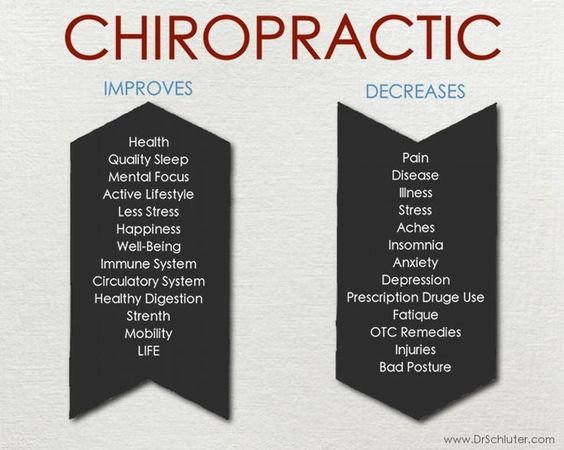Daily Practices That Result In Neck And Back Pain And Strategies For Avoidance
Daily Practices That Result In Neck And Back Pain And Strategies For Avoidance
Blog Article
Produced By-Carstensen Svenningsen
Keeping correct posture and preventing usual pitfalls in daily activities can dramatically influence your back wellness. From exactly how you sit at your workdesk to how you raise hefty objects, tiny modifications can make a big distinction. Envision a day without the nagging neck and back pain that hinders your every relocation; the solution may be less complex than you believe. By making a few tweaks to your day-to-day habits, you could be on your way to a pain-free presence.
Poor Stance and Sedentary Lifestyle
Poor posture and a less active lifestyle are 2 major contributors to pain in the back. When you slouch or inkling over while resting or standing, you placed unneeded stress on your back muscular tissues and spinal column. This can cause muscular tissue discrepancies, stress, and at some point, persistent back pain. Furthermore, sitting for extended periods without breaks or exercise can compromise your back muscle mass and bring about tightness and discomfort.
To battle inadequate position, make an aware initiative to sit and stand up right with your shoulders back and straightened with your ears. Remember to keep your feet flat on the ground and prevent crossing your legs for extended periods.
Incorporating regular stretching and enhancing workouts into your day-to-day regimen can also help boost your stance and ease pain in the back connected with a less active way of life.
Incorrect Training Techniques
Inappropriate lifting techniques can considerably add to back pain and injuries. When just click the next document lift heavy items, bear in mind to flex your knees and utilize your legs to raise, rather than relying on your back muscular tissues. Avoid twisting your body while training and keep the things near to your body to decrease pressure on your back. It's essential to maintain a straight back and avoid rounding your shoulders while lifting to prevent unneeded stress on your spine.
Always assess the weight of the object before raising it. If it's as well hefty, request for assistance or usage devices like a dolly or cart to transfer it safely.
just click the following web site in mind to take breaks throughout lifting tasks to provide your back muscles a chance to rest and avoid overexertion. By executing correct lifting strategies, you can stop pain in the back and lower the risk of injuries, ensuring your back stays healthy and strong for the long-term.
Absence of Normal Workout and Stretching
A less active way of life without regular exercise and stretching can dramatically contribute to pain in the back and pain. When you don't participate in exercise, your muscles become weak and stringent, bring about poor pose and boosted pressure on your back. Normal workout aids strengthen the muscle mass that sustain your back, enhancing stability and reducing the risk of neck and back pain. Incorporating stretching right into your routine can additionally boost adaptability, stopping stiffness and pain in your back muscular tissues.
To prevent pain in the back triggered by a lack of exercise and extending, aim for at least thirty minutes of modest physical activity most days of the week. Consist of workouts that target your core muscular tissues, as a solid core can help ease pressure on your back.
Furthermore, take breaks to stretch and move throughout the day, specifically if you have a desk work. Basic stretches like touching your toes or doing shoulder rolls can help relieve stress and prevent neck and back pain. Focusing on routine workout and stretching can go a long way in keeping a healthy back and decreasing pain.
Conclusion
So, remember to sit up right, lift with your legs, and remain energetic to avoid pain in the back. By making straightforward changes to your day-to-day practices, you can prevent the discomfort and constraints that come with pain in the back. Care for your spine and muscle mass by practicing good stance, proper lifting strategies, and routine workout. Your back will certainly thanks for it!
